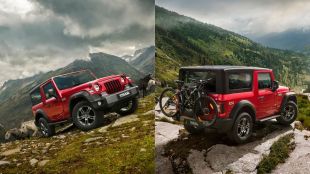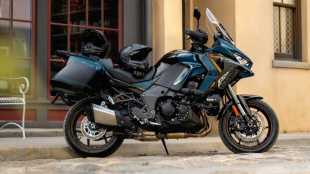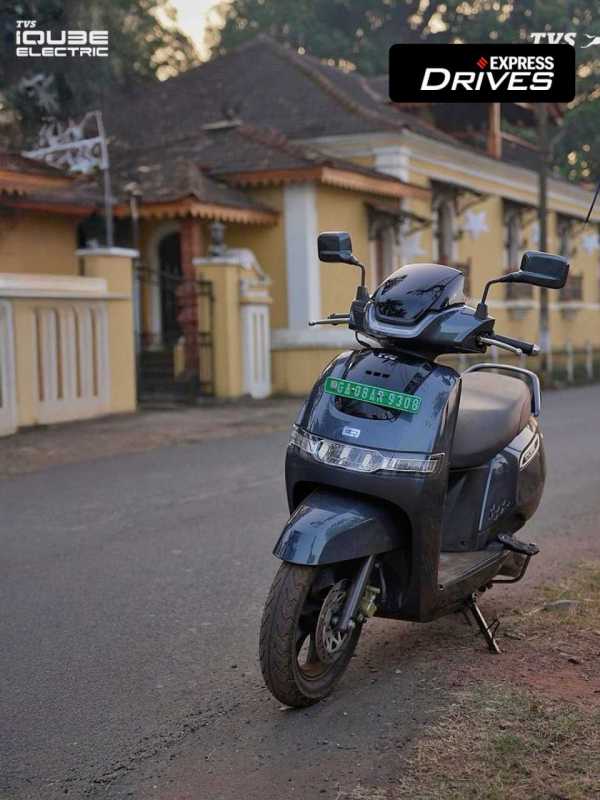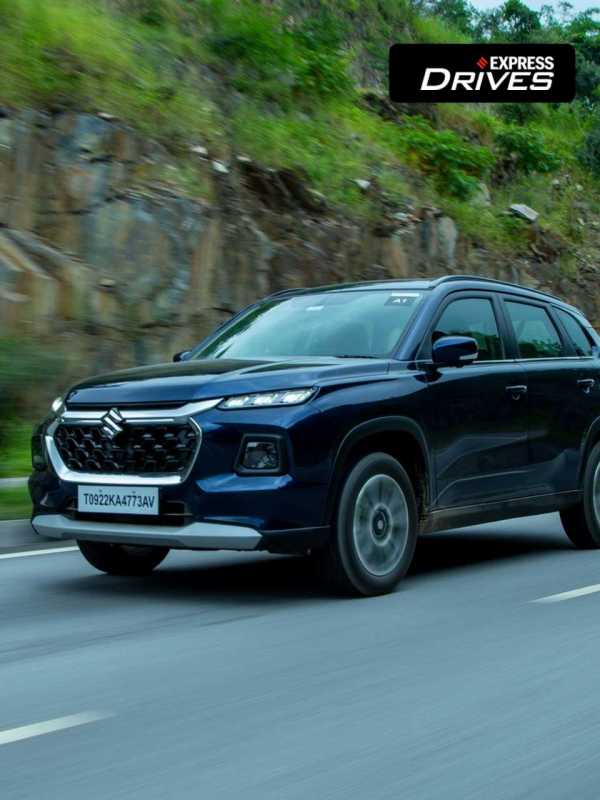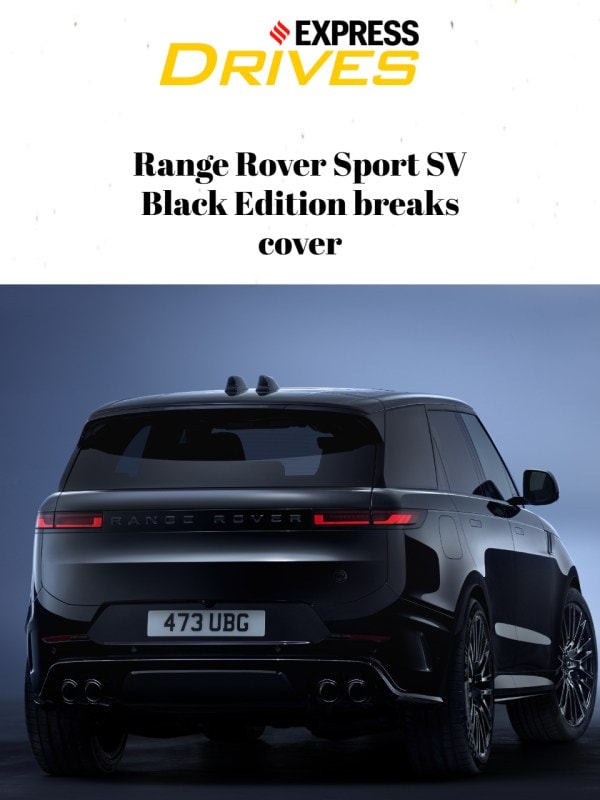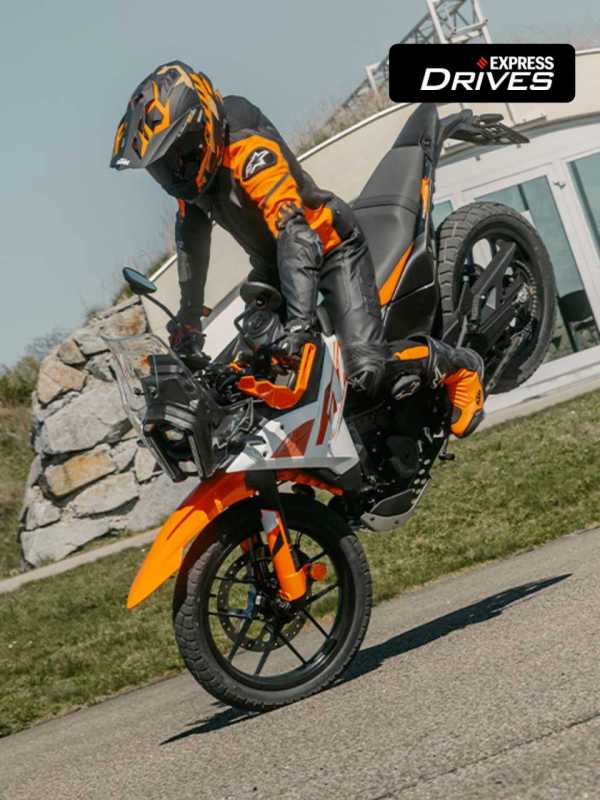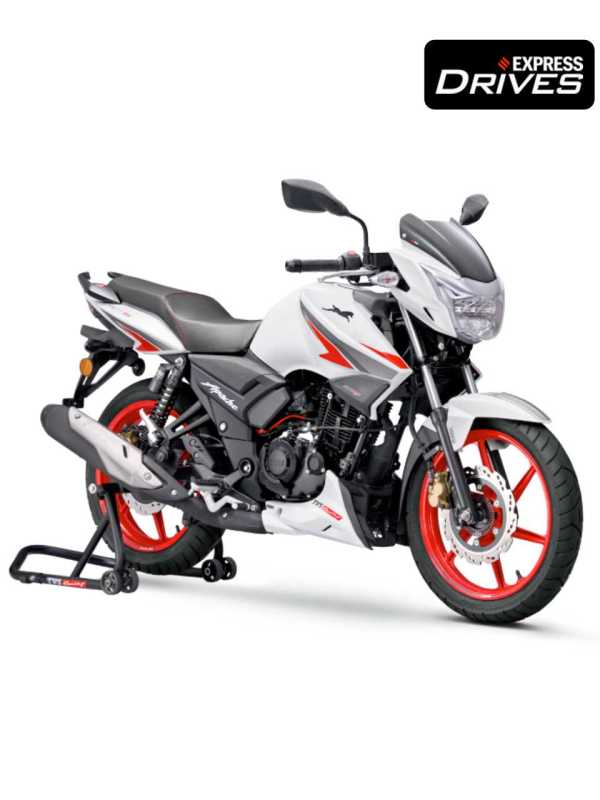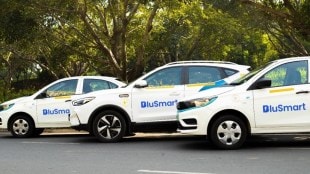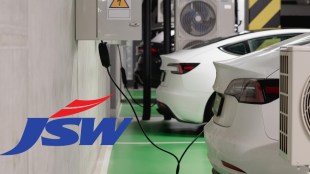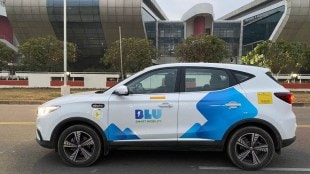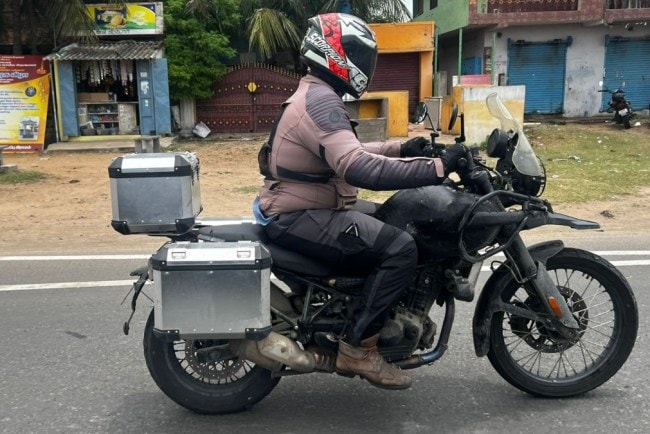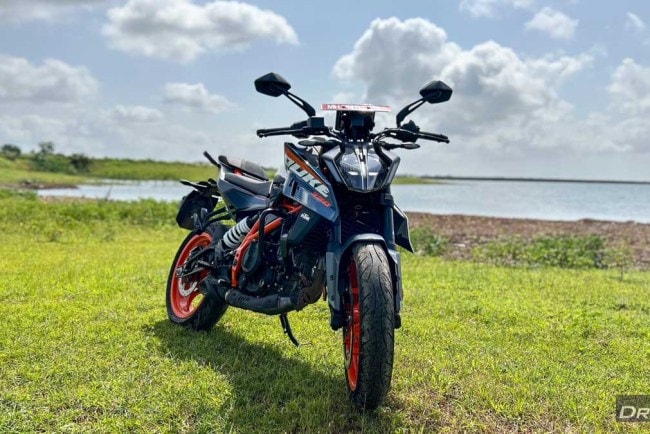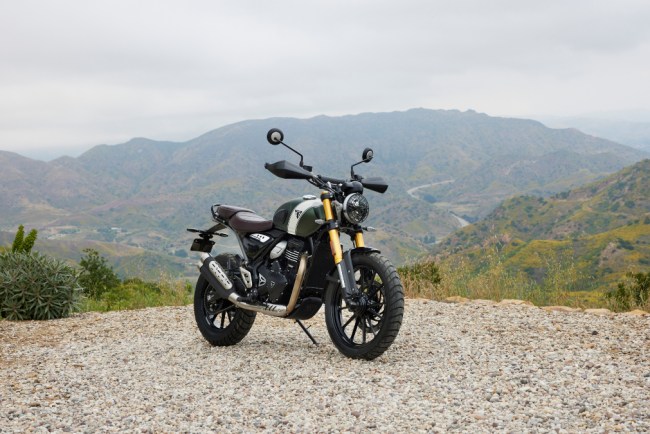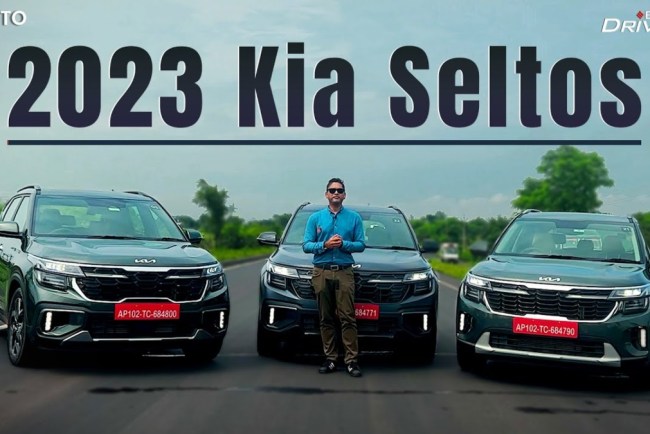The June quarter produced a surprise as demand for trucks and buses surpassed expectations. According to Dheeraj Hinduja, executive chairman Ashok Leyland the rest of the year looks promising thanks to a healthy head start. Hinduja and KM Balaji, CFO, spoke to Swaraj Baggonkar post the announcement of the June quarter financial results. Edited excerpts.
Consolidated net profit declined by 9% though revenues were up 5%. The quarter also saw the highest-ever CV volumes in the quarter. What would you attribute the fall in net profit to?
Balaji: In the Q1 of last year we had to restate the deferred tax liability from 35% to the new tax regime of 25%. This translated to reduction in the liability of Rs 172 crore last year. If you don’t account for that our profit after tax will be Rs 404 crore last year as against Rs 526 crore in the current financial year, representing a growth of 30%.
Q1 was expected to be muted in terms of volume demand due to the elections. How are the rest of the quarters expected to behave?
Hinduja: The first half was supposed to be subdued and the second half is generally stronger. Considering that Q1 has done well the rest of the year should be very good. Our pursuit would be to grow market share.
Which segment is witnessing maximum traction and which segment is lagging behind?
Hinduja: Medium and heavy commercial vehicles (M&HCV) on the truck side in tipper and intermediate commercial vehicles (ICV) have grown. The passenger segment (bus) is growing exceptionally well this year. The growth in LCV (light commercial vehicle) is not as high as the MHC. However, we have done better and we have gained market share.
What is the share of non-core segments like defence, power solutions, aftermarket in your total revenue and how have they performed over the last one year?
Balaji: The share of domestic trucks and buses comes to roughly 65% of the total revenue. Spare parts roughly constitute 10% while defence constitutes 5% and LCV makes up 12%. The balance is export, casting and new business.
The exports numbers are relatively small compared to the domestic?
Hinduja: Our traditional markets which are the SAARC countries especially Bangladesh where we reached volumes of 6,000-7,000, have come down drastically post-elections there but we are seeing some recovery now.
Our growth in West Asia has been very strong with our plant in Ras Al Khaimah running at full capacity. Nepal and Sri Lanka are reviving. Over the last two years we have been setting up many new distributors in many African markets and are witnessing an increase in volumes there.
You launched the second eLCV later this month. In two to three years what will be the share of EVs in your portfolio in terms of volumes?
Hinduja: As per estimates by research agencies up to 40% by 2030 could be eLCV.
We have launched new models, also our competitors. This will provide customers with a wide range of choices. We expect to have a clearer understanding of how segment is evolving in the next 12-18 months.
Did we undertake any price hikes on products during the quarter and what is the raw material basket looking like?
Balaji: The price of steel has become softer and we will have to see how that behaves in the second half of the current financial year. We have not taken any price hikes. We are waiting for the opportune time and we are also looking for competitor action on this front.




